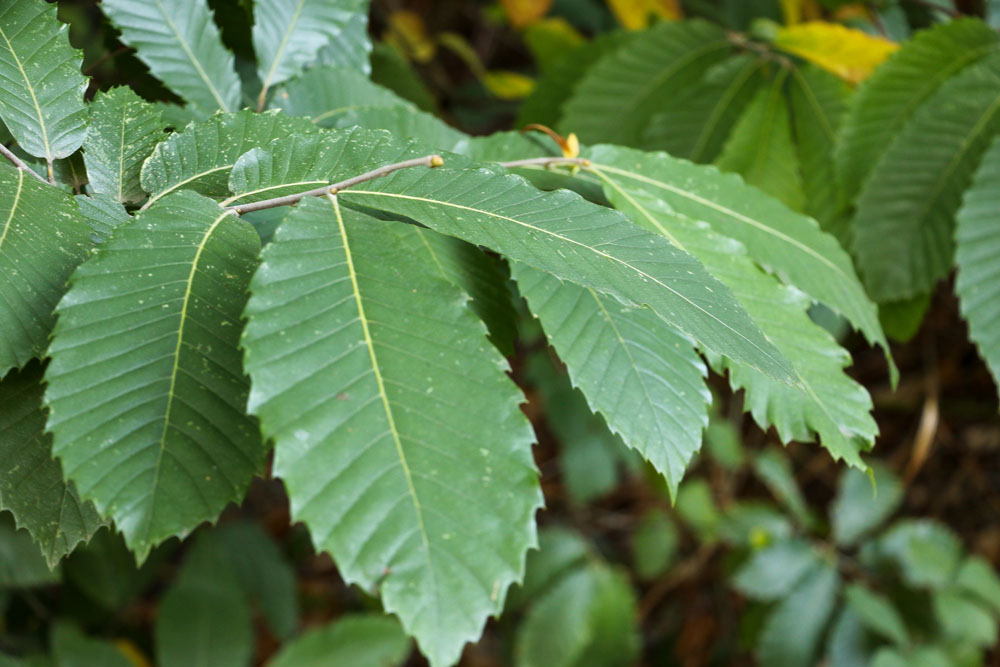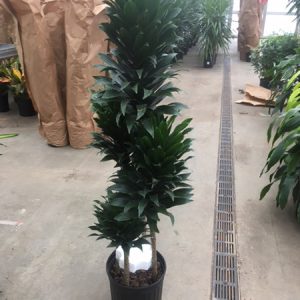Description
Ulmus – Elm
This genus is comprised of 45 deciduous, rarely semi-evergreen trees and very rarely shrubs. Most elms are large limbed trees forming a domed crown with furrowed or fissured gray bark. There found natural occurring in woodland, thickets, and hedgerows in the northern hemisphere and Siberia to Indonesia, Mexico to Japan. They have alternate, ovate to elliptic, egg shaped or rounded leaves with prominent, parallel lateral veins and may be single or double toothed margins and with unequally sized bases. The leaves usually color to yellow in autumn. Cluster of tiny, bell shaped flowers, each with 4-9 segments joined at the bases, are usually produced from auxiliary buds in spring, but sometimes from leafy buds in autumn, they are quickly followed by green to brown, rounded to elliptic, membranous wing seed capsules. Cultivated for their habit and foliage, elms’ are mainly grown as specimen trees. Ulmus x hollandica ‘Jacqueline Hillier’ is suitable for shrub border and for hedging.
In areas free of Dutch elm disease grow in any well-drained soil in full sun or partial shade. Zelkovas are good substitutes where Dutch elm is prevalent.
Prone to Dutch elm disease caused by the fungus Ophiostoma Ulmi spread by bark beetles and natural grafts, has destroyed hundred of thousands of American elms. There has been recent breeding between European and Asiatic species that are slowly showing more resistant to the disease. They are also prone to Borers, Beetles, Caterpillars, mealy bugs, scale insects, leaf hoopers, mushroom root rot, dieback, canker, Verticillium wilt, wood rot, lepidopteran larvae, hepialid moth, phloem necrosis, and elm yellows.
Ulmus x hollandica ‘Vegeta’ – Ulmus ‘Vegeta’ – Holland Elm – Hybrid Elm– This fast growing deciduous hybrid between U. glabra and U. minor has a short trunk and erect branches, reaching 120’ feet tall. Heavily veined, toothed, pointed, elliptical to egg shaped dark green leaves are 3-5” long. Leaves are slightly rough above, becoming glossy, eventually yellowing in autumn. Tiny red flowers are produced in early spring followed by winged green fruit, ¾” across, in late spring. Shows greater resistance to Dutch elm disease than either parent.
Zones 5-7





